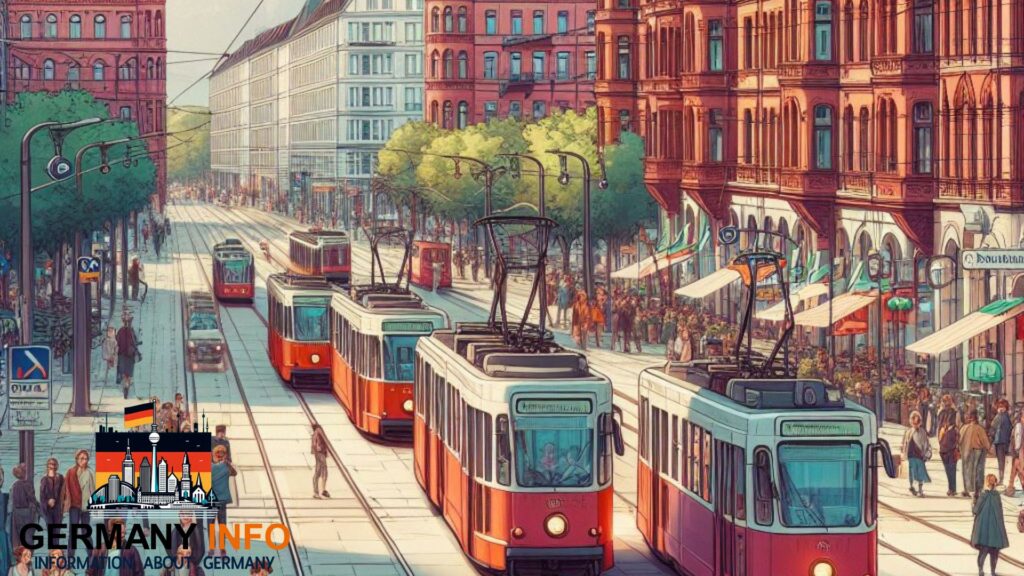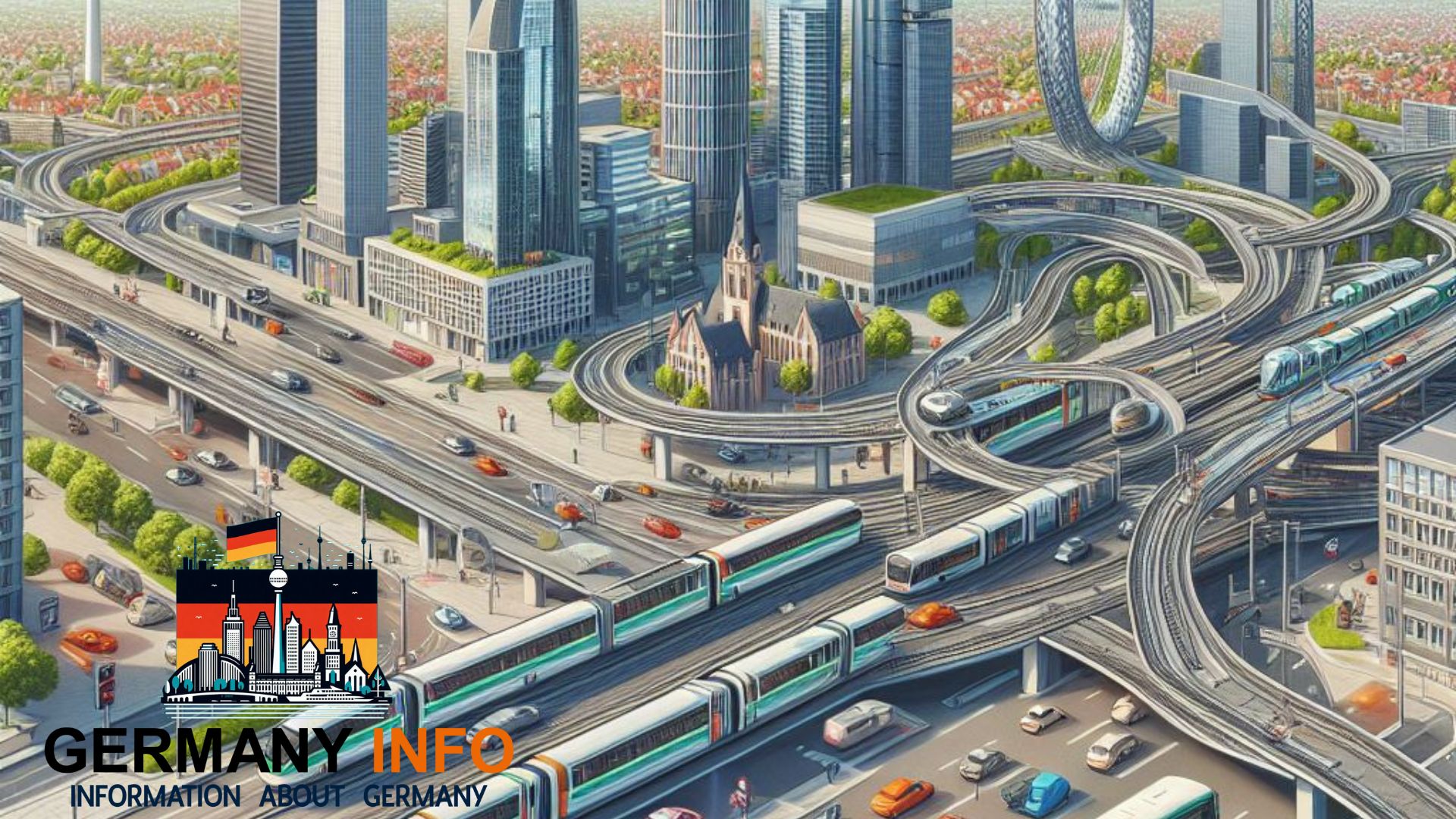Germany boasts a well-developed public transportation network that efficiently connects cities, towns, and rural areas. This article provides an overview of the country’s comprehensive transportation system, covering trains, buses, and trams, and explores how they contribute to Germany’s reputation for efficient and sustainable mobility.
Germany’s Rail Network: Backbone of Public Transportation
Deutsche Bahn (DB): The National Railway Company
Deutsche Bahn, commonly known as DB, operates the majority of Germany’s train services, including high-speed intercity trains (ICE), regional trains (RE), and suburban trains (S-Bahn). With extensive coverage across the country, DB offers convenient and reliable transportation options for both short and long-distance travel.
High-Speed Trains: Efficiency and Comfort
Germany’s high-speed trains, known as ICE trains, connect major cities such as Berlin, Munich, Frankfurt, and Hamburg with speeds of up to 300 km/h (186 mph). These trains offer exceptional comfort, onboard amenities, and frequent departures, making them a popular choice for travelers seeking fast and convenient transportation.
Regional and Suburban Services: Accessibility for All
In addition to long-distance services, Germany’s rail network includes a comprehensive network of regional and suburban trains. These services provide vital connections to smaller towns and rural areas, ensuring accessibility for residents and visitors alike. Regional trains offer affordable fares and frequent departures, making them an attractive option for commuters and leisure travelers.
Bus Services: Flexible and Accessible Transportation
Intercity Bus Services: Alternative to Train Travel
In recent years, the popularity of intercity bus travel has surged in Germany. Private bus companies such as FlixBus and BlaBlaBus offer affordable and flexible transportation options between major cities and towns. Intercity buses complement the existing rail network, providing passengers with additional choices for long-distance travel.
Local Bus Networks: Vital Connections
Germany’s cities and towns are served by extensive local bus networks operated by public transportation authorities. These networks provide essential connections within urban areas and serve as feeder services to complement rail and tram routes. Local buses are accessible to all residents and visitors, contributing to the overall accessibility and inclusivity of public transportation in Germany.
Trams: Sustainable Urban Mobility
Trams in German Cities

Trams, or streetcars, play a significant role in urban transportation in Germany. Many cities, including Berlin, Munich, and Cologne, operate extensive tram networks that provide efficient and sustainable mobility solutions for residents and tourists. Trams offer frequent service, dedicated lanes in some areas, and easy connections to other modes of transportation, making them a popular choice for urban travel.
Integration with Other Modes of Transportation
One of the strengths of Germany’s public transportation system is its integration and connectivity between different modes of transportation. Many cities offer seamless transfers between trains, buses, trams, and even bicycle-sharing schemes, allowing passengers to easily navigate urban areas and complete their journeys efficiently.
Sustainable and Environmentally Friendly Transportation
Embracing Sustainability
Germany is committed to promoting sustainable and environmentally friendly transportation solutions. Public transportation plays a crucial role in reducing greenhouse gas emissions, alleviating traffic congestion, and improving air quality in cities. Investments in modern, energy-efficient vehicles and infrastructure further enhance the sustainability of Germany’s transportation network.
Encouraging Modal Shift
The promotion of public transportation is part of Germany’s strategy to encourage modal shift away from private car usage. Government initiatives such as subsidies for public transportation, incentives for electric mobility, and the expansion of cycling infrastructure aim to reduce dependency on cars and promote more sustainable modes of travel.
Germany’s public transportation system, comprising trains, buses, and trams, offers residents and visitors a comprehensive and efficient mobility solution. With extensive coverage, frequent services, and a commitment to sustainability, public transportation plays a vital role in connecting communities, reducing carbon emissions, and enhancing the quality of life for millions of people across the country. As Germany continues to invest in modernizing its transportation infrastructure, the future looks promising for sustainable and accessible mobility for all.

